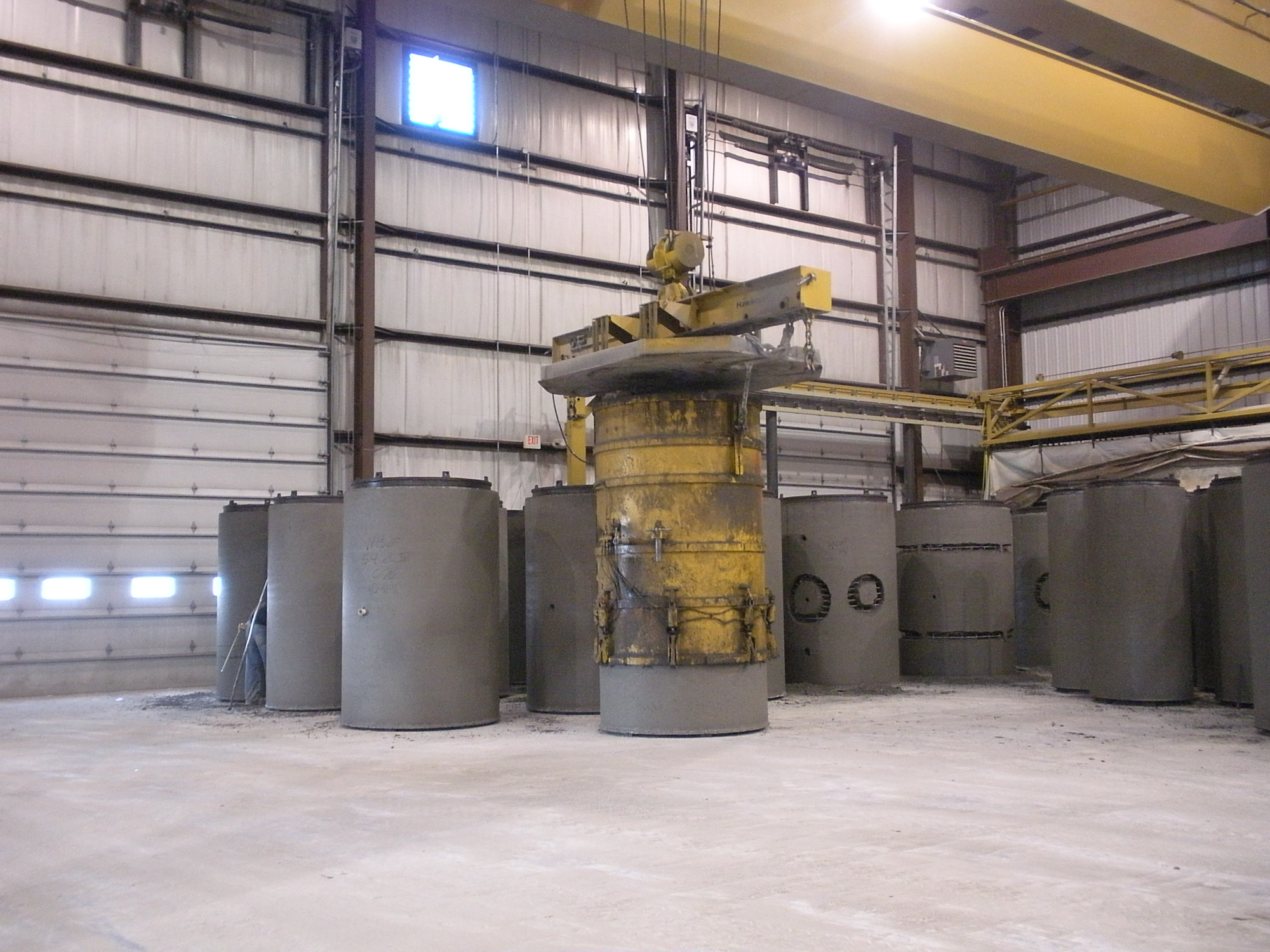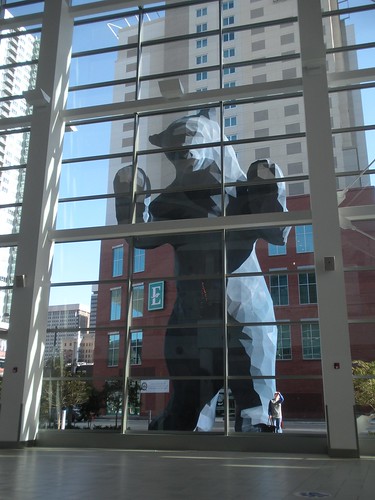Day 65
I really wanted to title this blog post:
Today I Discovered Why We Have no Transportation Funds!
The other day, I wrote about the BRT and Randall Road – the major corridor that runs through many of the communities in our area. In that post, I also mentioned the Route 529 study – this was a study about the bus route running along the Randall Road corridor. One of the conclusions from the study was that there needed to be better infrastructure along the corridor for the people riding the bus. And if you drive the corridor, you'll see this is definitely the case. The bus stops are only marked by a lonely sign sitting at the edge of a roadway where about 20,000 cars a day speed by at 45 miles per hour. So a rider must get off in that environment, find their way across a ditch and then through landscaping to a shopping center. So a project was proposed to construct bus shelters, pads, and connecting sidewalks.

PACE, the local entity providing bus transit in the Chicago Metro area, arranged to bid out a project to construct the suggested infrastructure. Now, I don't know all the details of this project, but according to the PACE website the project is listed as Bid #406453 and shows a cost of almost $1.4 million that was awarded to Landmark Contractors, Inc. In our area, along Randall, PACE was proposing to build the shelters, pads, and sidewalks not only on the side of the road the shelter is on, but to also build the connecting ramps and sidewalks at the other corners in the intersection nearest the shelter. We had all reviewed the plans over the last few months to make sure we had no issues with what was going to be constructed in each of our communities. So today, we were invited to a preconstruction meeting for the project. The contractor, Landmark Contractors was at the meeting along with a person from PACE, the project designer, county staff, and city engineers from a few of the cities along the corridor.
Now I've been to a lot of preconstruction meetings over the years, and this one most definitely did not end up to be your typical precon. However, it started out fairly typical – there was a discussion of how the concrete would be protected from the effects of the salt once winter weather set in. This was a valid concern because over the last few years, beginning about Dec 1st, we've had temperatures drop to well below freezing and had significant snow and ice. And that is only a few weeks away. I won't bore you with the discussion, but the bottom line was that there really is no way to adequately protect the concrete this late in the game. So the discussion moved onto "shouldn't we wait until Spring to start?"
And this is where it started to get strange. Because a few of the people had just shown up at this point (we had started early), the group moved on to tell us that they were cutting back the plans to only do what was required of them to meet the ADA. This meant they would only build the infrastructure on the same side of the road as the shelter leaving no route across or on the other side of the intersection. It was explained they had to do this because the bid prices came in so many hundreds of thousands of dollars more than what they expected that they could not afford to build what was on the plans. Now this is where I started thinking something was wrong – it was basically a sidewalk project – how in the world could the bid come in that much higher? Particularly at a time when we are seeing the lowest prices ever on construction work? The other engineers in the room must have been thinking the same way based on their questions. I finally suggested that if the costs per square foot were so much higher, why didn't they just let each city build it for them as part of the MFT projects, and they could pay us the grant money. When I had said this, I really wasn't sure of the bid price they had received, so another person at the table pushed the list of bid prices over to me. I wanted to stand up and yell, OMG!!! Wow, they were paying $8.26 per square foot for PCC Sidewalk! Now, I don't know what the rest of you across the world pay, but we normally pay anywhere from $4.50 to $5.50. And I've even seen it lower if we are doing a lot of it. And in this case, PACE was proposing building 39,000 square feet! For that amount, in this economic climate, they definitely should have gotten a better price.
And the other unit prices were no better! It looked like $175 per cubic yard for earth excavation and about $47+ per foot for curb and gutter. Again, the engineers in the room, including myself, could not help but call attention to the prices. The contractor said they were so high because he had to deal with the cold weather including the use of blankets and overtime costs. Someone else pointed out that he was the low bidder and that PACE had followed all the proper bidding procedures – I guess that was supposed to mean that the prices had to be ok. The contractor did suggest that if the work was held off until Spring the prices would be a lot lower. But what was also strange was that he said he could lower the unit prices as part of the contract. I figured if he lowered them to what is normally bid, he would be cutting them in half. But normally when you award a contract with unit prices, you can't just change them. There's a process, and the adjustment is usually only about 10%. So we couldn't figure out how they could legally do this without re-bidding the project. Which was something we suggested – wait until Spring and take the time to re-bid.
There was some discussion that PACE was worried about waiting because the Federal grant money for this project could be pulled at any time so I guess PACE has to quickly spend it to avoid losing it. The PACE person made it sound like the Federal government arbitrarily swoops in and takes the money even if they are already under contract for a project and obligated for the funds. Finally someone suggested that after the plans were stripped to only what was required, the remaining work removed from the contract could be completed by others, and for a much lower cost than the bid. But the problem here was there was a chance the cities would be asked to pay for a portion of this. I did mention that I would have a hard time advocating for our city to help pay for any of the improvements that were removed if the reason they were removed was because the bids PACE accepted were significantly higher than costs normally bid.
By the end of the meeting, I was thinking that I can't imagine a city awarding a bid like this. If bids come in significantly high it's usually a problem with material or contractor availability or a problem with the plans. And in this case, it did not appear to be any of these. So the only conclusion I could come to was that PACE must have had no problem awarding a bid that included prices that were about twice the cost of bids other agencies would receive for the same type of work. It was all so very strange and did not make sense that I figured I was either totally naive and did not understand how transit agencies and funding sources from agencies like the FTA really work, or I was totally missing something, or as I said above: I discovered why we have no transportation funds! But no matter what, I figured if they do reauthorize transportation funds, they really need to write into the law a way to prevent agencies from awarding bids in situations like this when the bids are significantly higher than the estimated cost and obviously not reflective of the market conditions.
After all that, anything else that happened throughout the day faded into the background.



